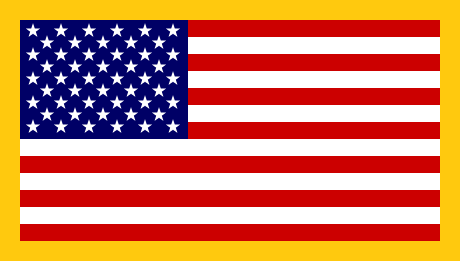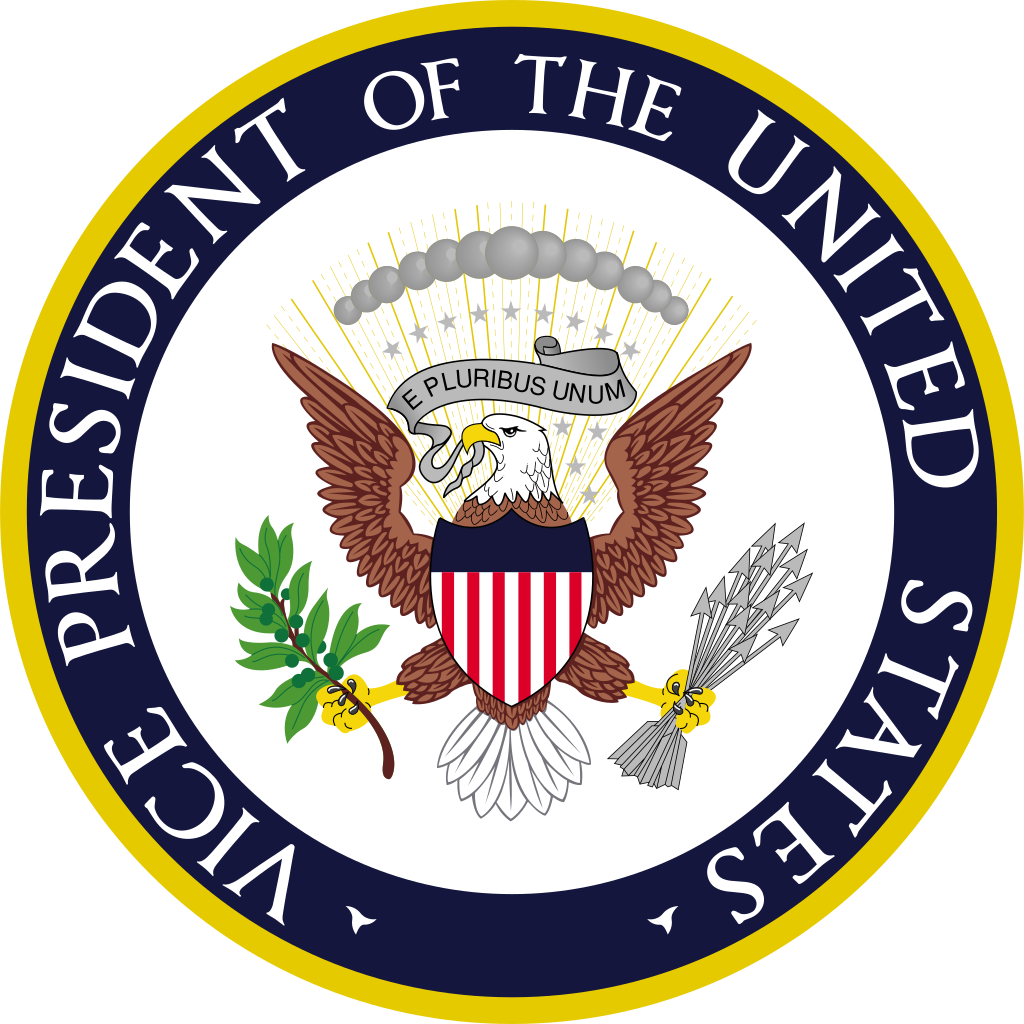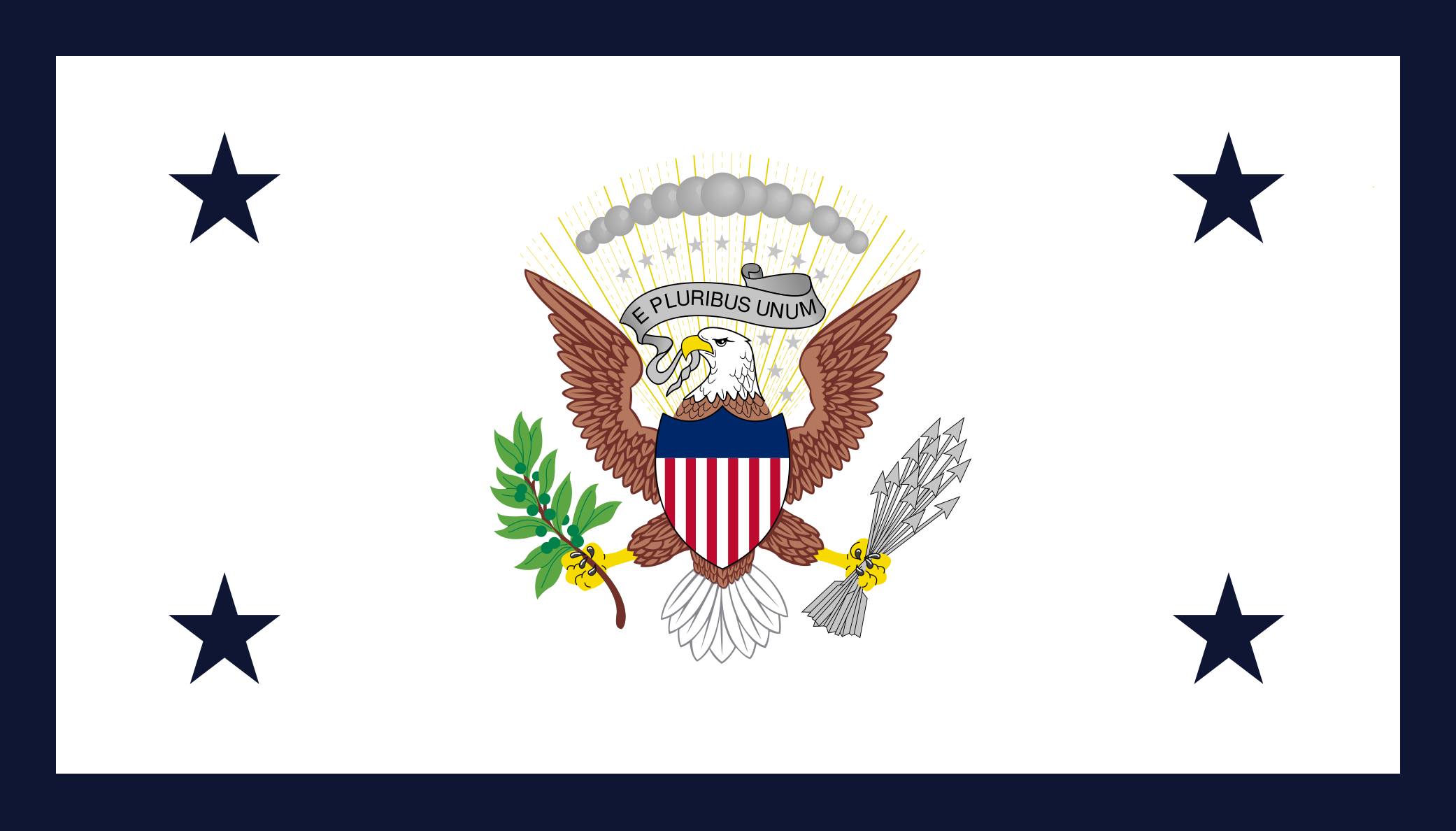- Jul 12, 2018
- 10,446
|

| 
| 
|
VICE PRESIDENT OF THE UNITED STATES |

The Vice President of the United States is second-highest ranking individual in the Federal Government, second only to the President, but at the same time has the fewest constitutional responsibilities. The Constitution, first and foremost, lays out that the Vice President is the presiding officer or "President of The Senate." Also, the Constitution clearly gives the Vice President the authority to become President if the sitting President dies, is incapacitated, resigns, or is impeached and convicted by Congress. These unique responsibilities and powers, while limited to certain circumstances, arguably make the Vice President a member of both the Legislative and Executive branches. The Vice President also participates in Cabinet meetings. The Office of Vice President has often been overlooked by the public and also overshadowed by the Office of President, but the office has become increasingly important and relevant starting in the 1970s. Today, the Vice President still carries out his constitutional duties, but he is often a close confidant of the President and normally trusted to spearhead important efforts or event diplomatic missions on behalf of the White House.
"...In Case of the Removal of the President from Office, or of his Death, Resignation, or Inability to discharge the Powers and Duties of the said Office, the Same shall devolve on the Vice President, and the Congress may by law provide for the Case of Removal, Death, Resignation or Inability, both of the President and Vice President, declaring what Officer shall then act as President, and such Officer shall act accordingly, until the Disability be removed, or a President shall be elected..."
-Article 2, Section 1, United States Constitution
-Article 2, Section 1, United States Constitution
Last edited:



